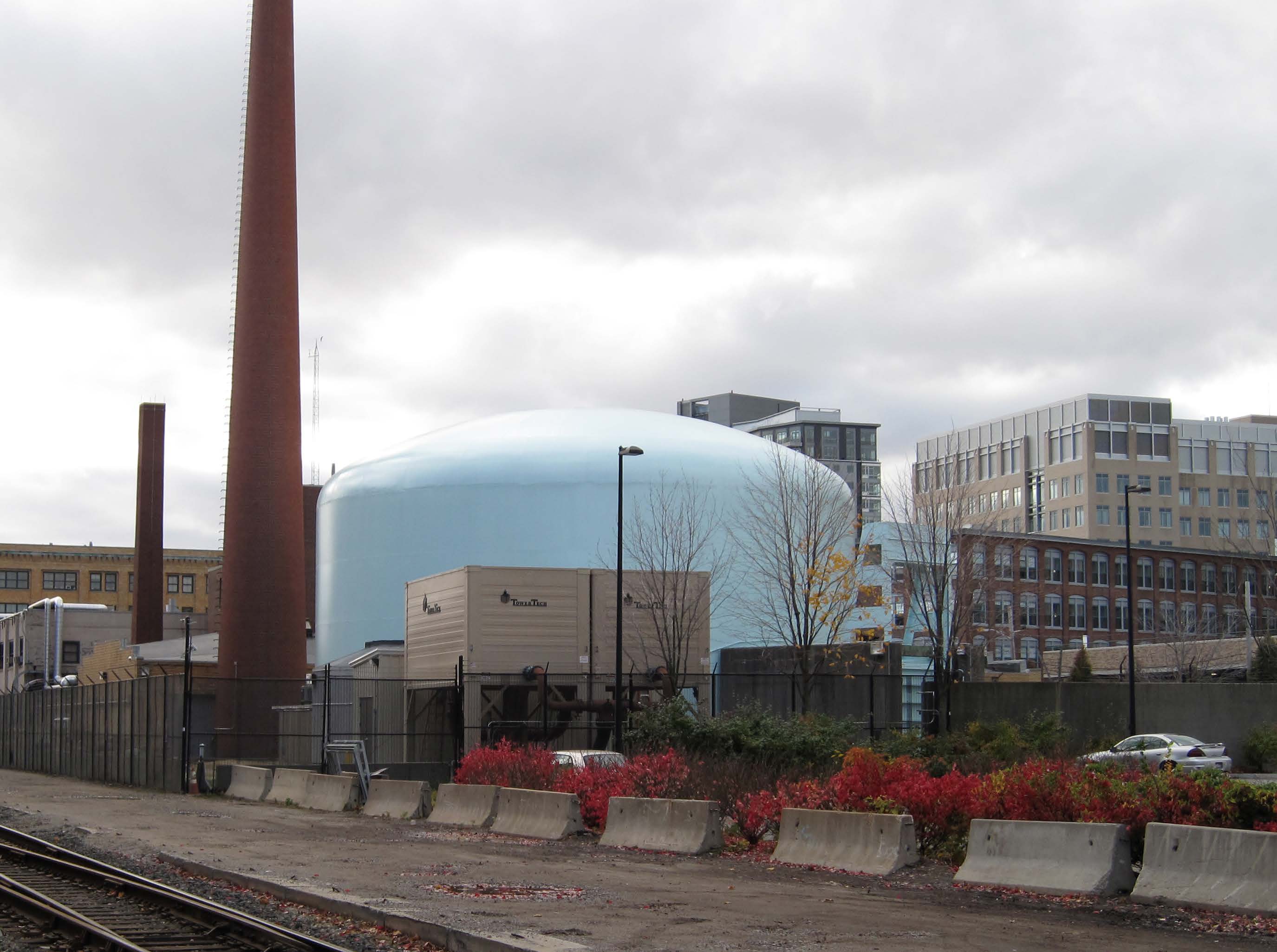Naturally occurring uranium ore contains ninety-nine and a quarter percent uranium-238 which is mildly radioactive. It also contains about three quarters of a percent of uranium-235 which is intensely radioactive and fissile with thermal neutrons.
Low enriched uranium (LEU) is uranium ore that has been processed to increase the proportion of U-235 up to about twenty percent. The most common commercial power reactors in the world burn uranium enriched to three to five percent. Some research reactors burn uranium enriched from twelve percent to nineteen and three quarters percent.
High enriched uranium (HEU) is uranium ore that has been processed to increase the proportion of U-235 to over twenty percent. Nuclear weapons usually contain uranium enriched to eighty five percent or more of U-235. Some HEU is burned in research reactors and in what are called fast neutron reactors which burn uranium enriched to twenty percent or more. Naval reactors use uranium enriched to about fifty percent.
It is estimated that there is about two thousand tons of HEU in the world. The International Atomic Energy Agency works to monitor and control supplies of and processes involving HEU. They are dedicated to the safe generation of nuclear energy and to preventing the spread of nuclear weapons. There is currently an international effort to convert as many research reactors as possible to LEU to help prevent proliferation of nuclear weapons.
There are seventy-six research reactors in the world today that burn HEU and converting even a few of them to the new fuel would be of benefit. Over fifteen years of research have gone into developing a new type of fuel based on an alloy of molybdenum and LEU. One of the big problems being worked on during this time was making sure that the new fuel would not seriously affect the efficiency of the research reactors.
The U.S. has announced that six research reactors will soon be converted to the new fuel. These include the Advanced Test Reactor and the Advanced Test Reactor Critical Assembly, both at the Idaho National Laboratory; the High Flux Isotope Reactor at the Oak Ridge National Laboratory, Tennessee; the Massachusetts Institute of Technology Reactor (MITR) in Cambridge, Massachusetts; the National Bureau of Standards Reactor in Gaithersburg, Maryland; and the University of Missouri Research Reactor in Columbia, Missouri.
The U.S. National Nuclear Security Administration (NNSA) has submitted a report on the new fuel to the U.S. Nuclear Regulatory Commission. The NNSA worked in conjunction with the Massachusetts Institute of Technology (MIT). The MITR was shown to be able to operate safely with the new fuel. MIT will continue to test the new fuel in the MITR for the next few years and then submit a final safety analysis report. When the NRC issues approval of the new fuel, MIT will be able to convert the MITR to full time use of the new fuel.
Jeff Chamberlin, the Director of the NNSA’s Office of Conversion said, "MIT's outstanding commitment towards this challenging, yet very important, LEU conversion project is exemplified by the completion of this important milestone.”
MITR:
